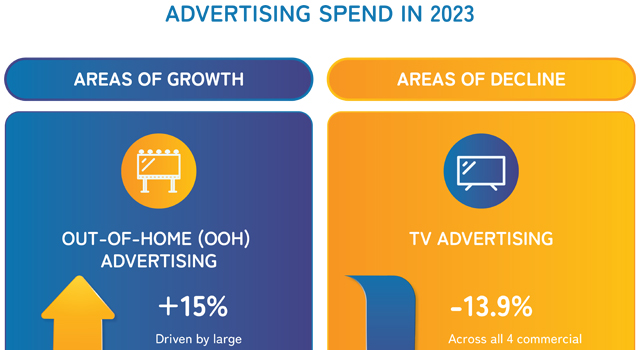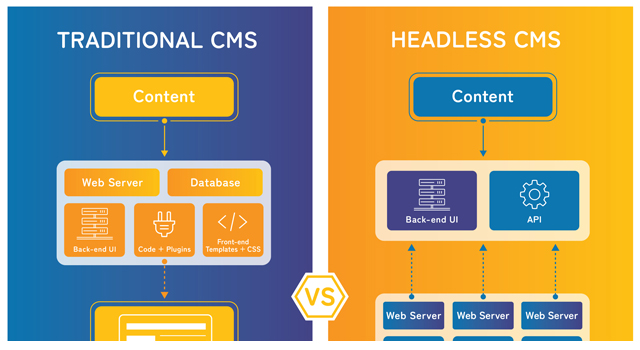With so many devices all vying for the consumers’ attention at any one point in time, it’s no surprise that linear TV audiences are fragmenting. While today the whole family may not sit down together to watch the evening news, the demand for high quality, brand-safe programming hasn’t gone away. Our favourite shows still dominate the attention span, but they are viewed on consumers’ own terms and across a variety of devices. So, what is BVOD and why do you need it in 2021?
Enter Broadcast Video On Demand, also known as BVOD.
BVOD refers to traditional linear TV programming being made available online for consumers to view at any time. This includes live or on-demand programming, and it can be viewed across desktop, mobile, tablet or connected TV. BVOD content is professionally produced, broadcast-quality and includes TV shows and movies, archived shows and BVOD exclusives and originals[1]. BVOD is different from Subscription Video On Demand (SVOD) which covers paid platforms like Netflix, Stan, Disney Plus, Kayo and Foxtel Binge.
As digital audiences mature, BVOD has seen exceptional growth year on year, up 30.9% in the first half of 2020. And this viewing is taking place on the biggest screen in the house, with 57% watching on their connected TVs, making it a fully immersive, 100% viewable sound on experience for advertisers to leverage.
One of the challenges with social media advertising is the lack of control over what content your ads appear alongside. This is a core benefit of BVOD and can provide certainty to advertisers who still want to be able to use data to target their ads to the highest potential audience but need to ensure their ads appear alongside safe and reputable content. Like other forms of digital media, BVOD advertising placements can be targeted using third-party data segments from Quantium, Equifax, Red Planet and more, which take into account data from Woolworths Rewards Cards, Qantas Frequent Flyer members, NAB transactions and financial institutions. This allows advertisers to be granular with their audience segmentation while still having their ads shown on the biggest screen in the home.
BVOD can also be great at capturing audiences that linear TV can’t. The data below from OzTam shows that BVOD over indexes with both males and females 25 to 54, whereas linear TV outperforms BVOD for audiences 55+. There are also tools available that allow you to monitor the frequency of your ads to a particular audience on linear TV and then leverage these insights to serve ads across BVOD to people who are yet to view your ad to the optimal frequency.

Measurement for BVOD is also improving with Nielsen’s VOD content ratings framework now providing advertisers with comprehensive insights into audiences viewing habits for on-demand content across television, video game consoles, DVD players and other over-the-top media. This provides new insights into the true performance of television shows which is essential for the continued development of new and original local programming.
With viewership soaring in 2020, BVOD has established itself as a regular part of Australians’ viewing habits and is here to stay. It’s a highly impactful channel that has the benefits of granular audience targeting while ensuring brand safety, making it a must for advertisers in 2021.










